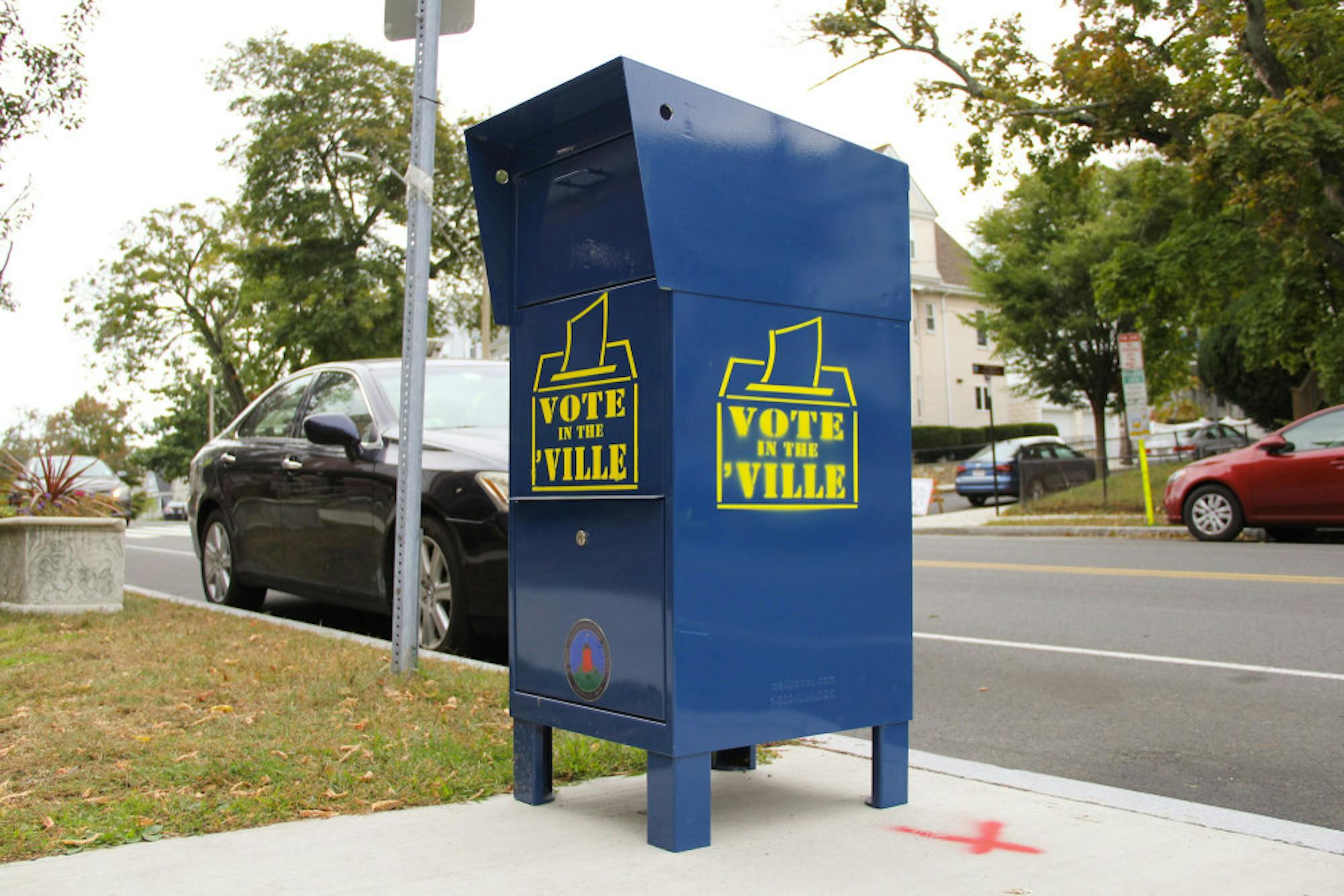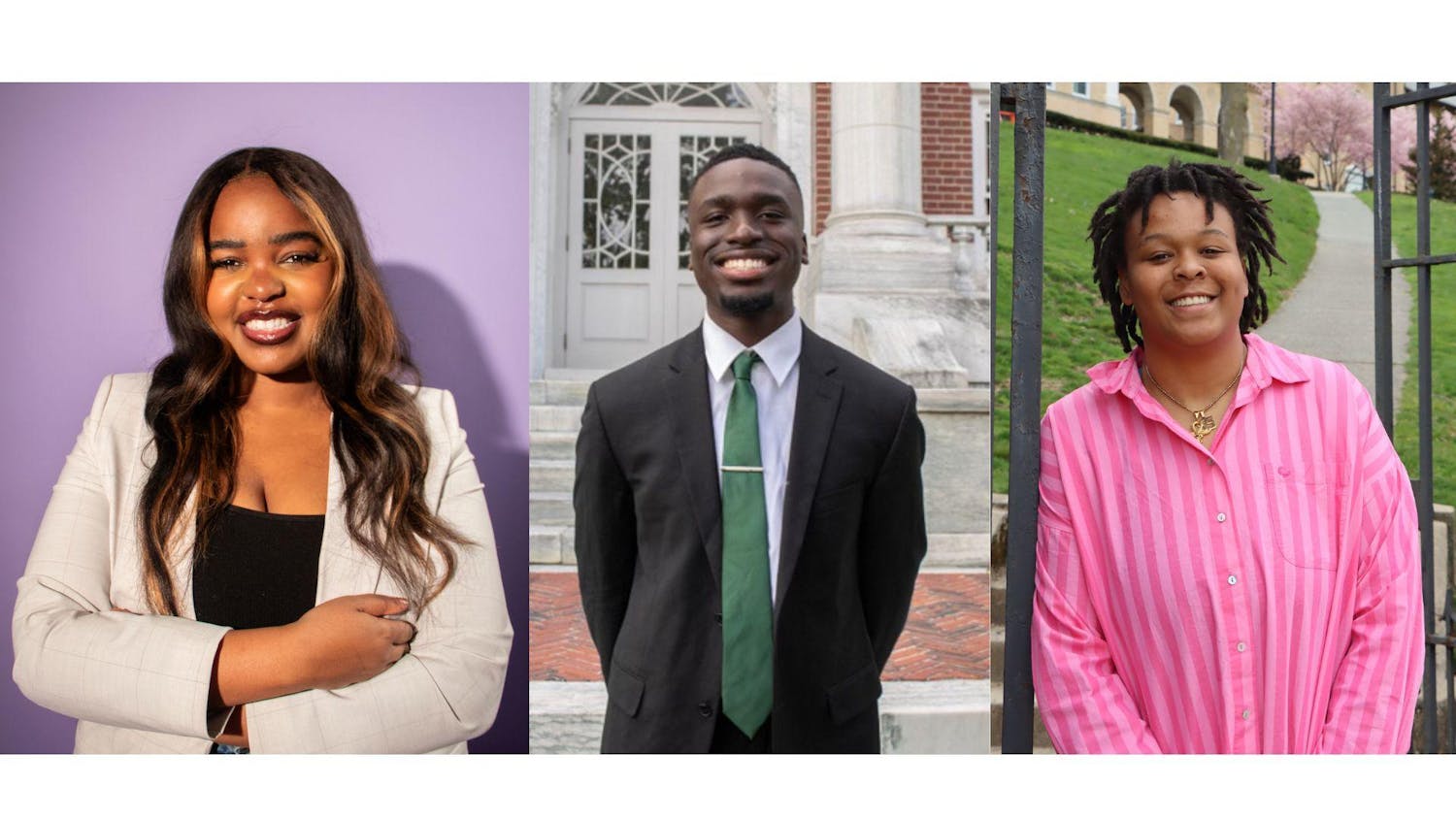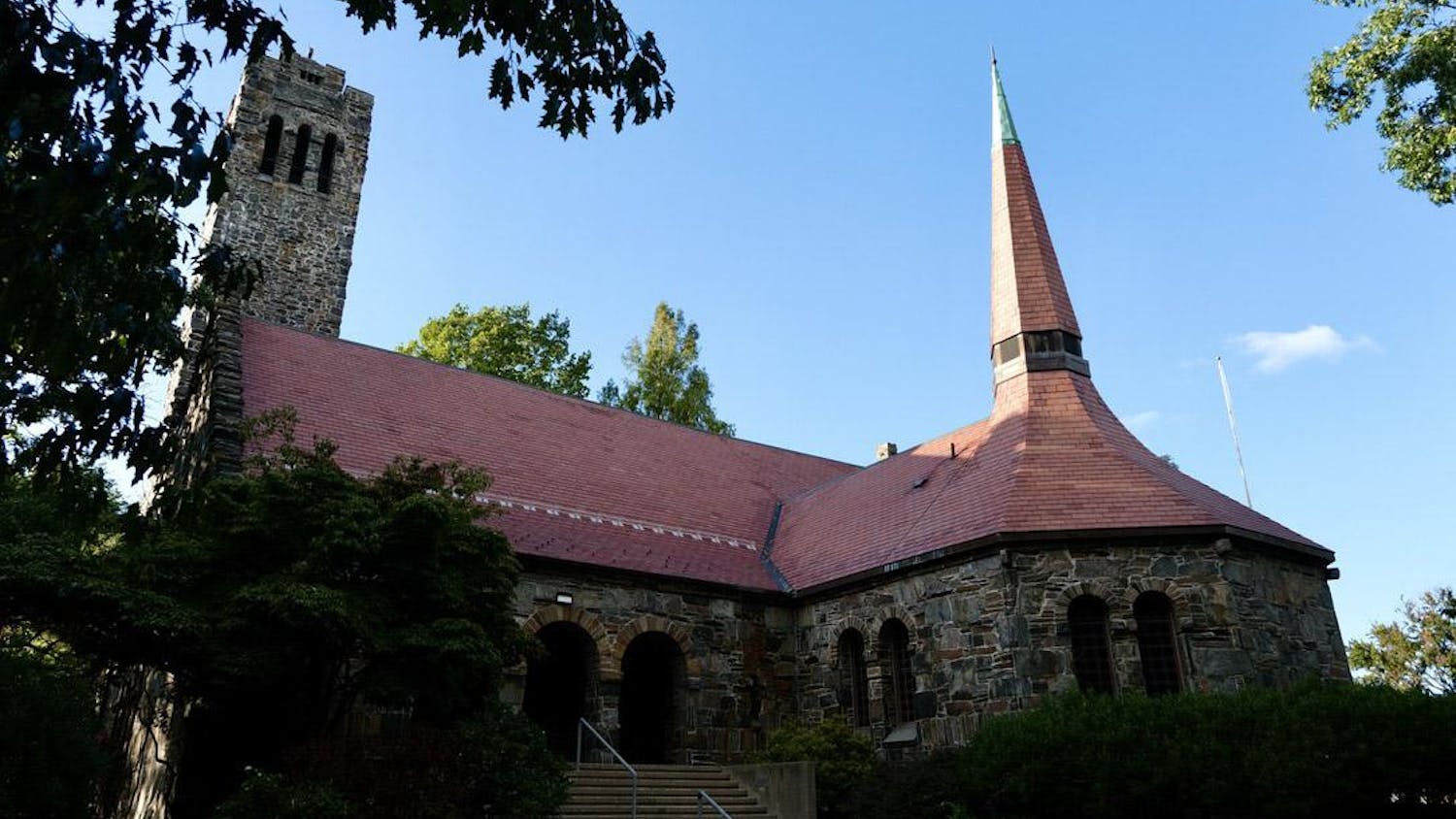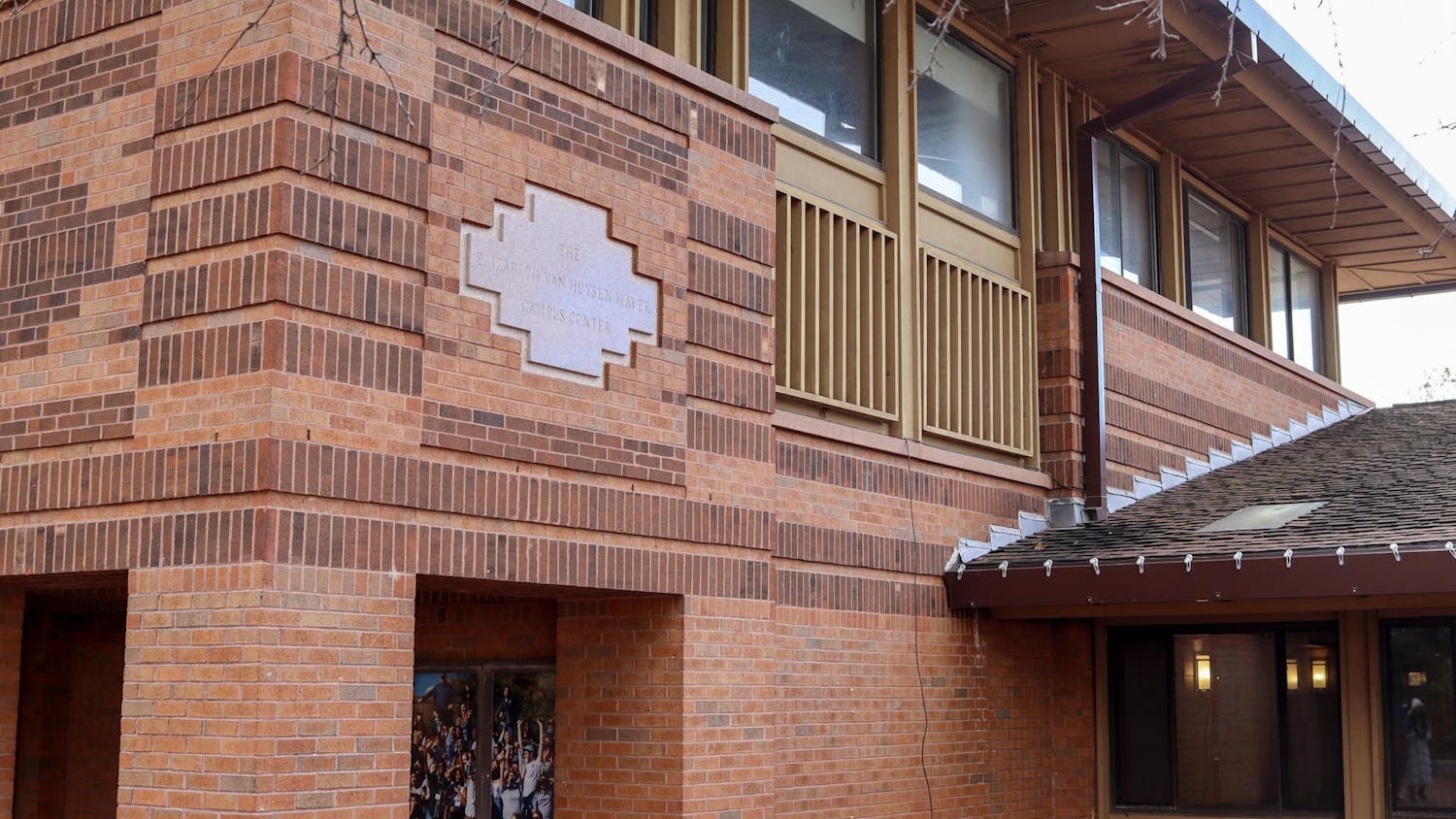The Center for Information & Research on Civic Learning and Engagement (CIRCLE) revealed in a June poll that youth engagement is higher in the 2020 election cycle than in 2016 and 2018. Researchers from CIRCLE discussed the large impact of the poll in the days leading up to the November election.
Thepoll, which oversampled 18 through 21-year-olds, saw that youth are partaking not only in the voting process, but in other forms of civic engagement, according to Peter de Guzman, CIRCLE research program coordinator.
“We often look at easier-to-measure metrics such as registration and voting, but also we saw a lot of other methods of informal political participation such as volunteering, donating and talking about politics," de Guzman said. "I think the most interesting one was the percentage of young people — this is around 20–27% — that said that they engaged in a march or demonstration [in 2020]."
Guzman explained that protesting and voting are often viewed as mutually exclusive civic avenues, but that CIRCLE's research shows the contrary.
"Our research really shows that [protesting and voting are] just tools in the toolbox that young people can take advantage of to express their voice on the issues they care about,”he said.
CIRCLE Associate Researcher Kristian Lundberg added that these alternative avenues of participation expand the electoral process itself as well as the people involved in it.
“In 2020, it seems like young people are really stepping up to the plate in ways that we haven't seen ever, which are all really encouraging signs from the standpoint of youth engagement,” Lundberg said.
In addition to general data about youth civic engagement, the poll surveyed young people about the candidates they support and the issues most important to them.
“We did see among certain populations, such as the Black youth sample, that policing of communities of color ... was [an] important issue for young people,” de Guzman said. “We saw for the Latinx youth subsample that immigration was a pretty salient issue.”
Lundberg agreed that it is important to recognize the diversity of young voters and to abandon the idea that all young people are a monolith and care about the same issues.
“Different young people in America, depending on your race, your class or where you live in the country, differentially impact how able you are to participate in civic life,"he said.
In CIRCLE’s poll, 58% of youth said they would vote for former Vice President Joe Biden compared to 24% who would vote for President Donald Trump. Specifically, 78% of Asian youth, 73% of Black youth and 59% of Latinx youth plan to vote for former Vice President Biden.
JumboVote Student Chair Lidya Woldeyesus said she is worried that young people who do not support either candidate will not vote at all.
“Young people are not happy with the two presidential candidates and were hoping for a different result," she said. "I'm just concerned that that will deter people from going to the polls or voting absentee.”
Lundberg said that this gap reveals the work that the campaigns still need to do to attract young voters.
“This kind of tracks with what we've also seen in the data where young people are becoming more disillusioned and less incentivized to join political parties,” Lundberg said. “So there is definitely some room to grow there and for campaigns and parties and other stakeholders within the ecosystem of elections to reach out to young people.”
Due to the COVID-19 pandemic, a larger portion of voting is being conducted via absentee and mail-in ballots. Woldeyesus said she is concerned that, even if students are civically engaged, they will miss the deadlines for requesting ballots.
Lundberg said that responding to a poll with the intention of voting is different from submitting a ballot.
“Answering the poll is very different from actually being able to cast a ballot," he said. "[Many factors] go into being able to cast a ballot such as access to the ballot and having the opportunity and the capacity to vote."
De Guzman discussed that the poll can encourage youth to take action and spread information to others who may be unfamiliar with the voting process.
“The best way that groups could make this data actionable is to understand that, despite increases from past elections, there are still a lot of young people that aren't getting reached out to and also a lot of young people that don't understand some basic information about voting,” de Guzman said.
Lundberg explained that disenfranchising people with felony convictions can discourage youth from voting, even those without criminal offenses.
“They might think that because they have a misdemeanor or some other sort of interaction with the legal system they too might not be welcome to vote,” Lundberg said. “Some of our research finds that even the perception of barriers can be demotivating for young people.”
Beyond the barriers created by the pandemic, de Guzman said there are many structural inequities that can prevent certain groups from voting.
“One thing that CIRCLE prioritizes is thinking about underrepresented communities that are marginalized in American society by systems and thinking about how to close those gaps in participation and empower them," he said.
Beyond the 2020 election, JumboVote is working to emphasize the importance of local politics, Woldeyesus said.
“Local politics really matter," she said. "I'm hoping that that message is being communicated that a lot of these decisions that are coming out [from city council] about your day-to-day life ... is dictated by your local politics."
Looking forward, Lundberg said that CIRCLE will be examining exit poll data and margin-of-victory statistics to determine whether young people were influential in swinging the election and to see how their voting preferences differ from those of older generations.






